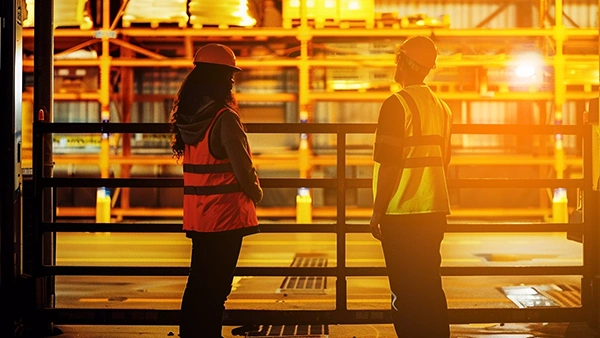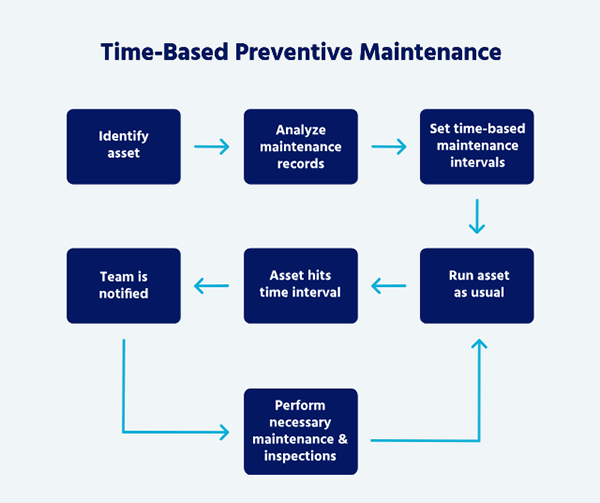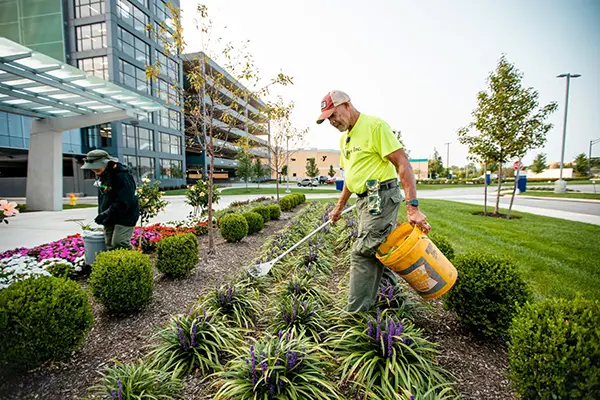Companies and organizations are often judged based on the initial impression their building makes. After all, it’s going to be the very first thing that people notice upon their arrival.
Your building serves as the reflection of your business and the kind of professionalism you have upheld. Proper maintenance of the building goes beyond just the mere aesthetics, it requires regular upkeep and some heavy investment to keep up with the process.
Whether you’re waiting for your partner, clients, or even some prospective employees, leaving a positive first impression on visitors is essential for your business. So, in this read, I will be taking you through some of the most important tips to take care of your commercial buildings and extract the many benefits of it.
Let’s get straight into it! Also, learn about What Makes a Commercial Staircase Compliant by reading this article.
1. Regular Inspections Are Key

When it comes to an effective building maintenance strategy, a routine inspection would always top the list as the most influential. By conducting routine inspections, you can easily identify potential issues early on and take proactive measures to stop them. This is a great way of preventing minor problems from escalating into major ones.
So, when doing the inspection, make sure to check for any signs of damage to the building. Also, ensure a proper HVAC, plumbing, and electrical system to further extend the overall lifespan of your building.
Other than that, your building’s roof also plays a crucial role in the overall aesthetics of your building. This is why it is often suggested to invest in proper commercial roofing experts who offer a 360-degree program from inspection to installation.
2. Prioritize Preventive Maintenance

Preventive maintenance refers to a proactive approach that involves regular inspecting, cleaning and servicing of the building systems. This can involve scheduling the cleaning process of HVAC systems to ensure that energy efficiency and indoor air quality are always at their optimal. By prioritizing preventive maintenance strategies, you can create a more comfortable and productive environment for your occupants.
3. Invest in Energy Efficiency
The rising carbon footprint has been a major concern for a range of organizations nowadays. And, by investing in an energy-efficient method, you can not only go environmentally friendly but also have some great economic benefits of reduced maintenance and utility costs.
Do You Know?
According to the Environmental Protection Agency (EPA), an energy-efficient building can reduce energy consumption by up to 30%. (Which is huge, by the way)
4. Keep Up with Landscaping and Exterior Maintenance

A well-maintained building can enhance the curb appeal of your building and create a lasting first impression. So, try to keep your landscaping neat and tidy by regular mowing, trimming, and weeding. In addition to that, you can also try planting drought-tolerant plants to reduce the overall water usage of the building.
And for other exterior parts, you can well paint your building’s exterior to protect it from the elements and maintain its appearance. Also, make sure that your building’s signage and exterior lighting are properly functional, creating a welcoming environment for your tenants and visitors.
5. Prioritize Health and Safety Measures
Prioritizing health and safety should always be a top concern for any commercial building owner and manager. Not only does this enhance the well-being of your occupants but also furthers the overall productivity of your business.
So, maintain a clean and hygienic environment by regularly cleaning and disinfecting the common areas, restrooms, and frequently touched surfaces.
Surveillance systems have also become an integral part of modern safety practices. Solutions such as the Meraki MV93M, equipped with advanced video analytics and cloud-based storage, offer building managers a robust tool for monitoring premises security. Integrating smart cameras throughout your building can enhance your proactive safety strategy, deterring potential issues and providing critical footage if incidents arise.
6. Build Strong Relationships with Service Providers
Having a reliable team of service providers is always essential to ensure a timely and cost-effective service. So to choose a reliable service provider, you can extensively research the best ones in your area that also have a proven track record. Communicate your expectations and requirements for the services and fairly compensate the prices that suit both parties.
The Bottom Line
In Brief, effectively maintaining your commercial building is essential to not only ensure the longevity of the building but also to create a safe, healthy, and productive environment for all of your building occupants. By following all the striking tips mentioned in this read, you can create a valuable asset that reflects your commitment to the business and the occupants.






